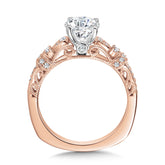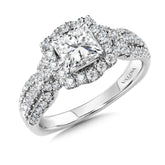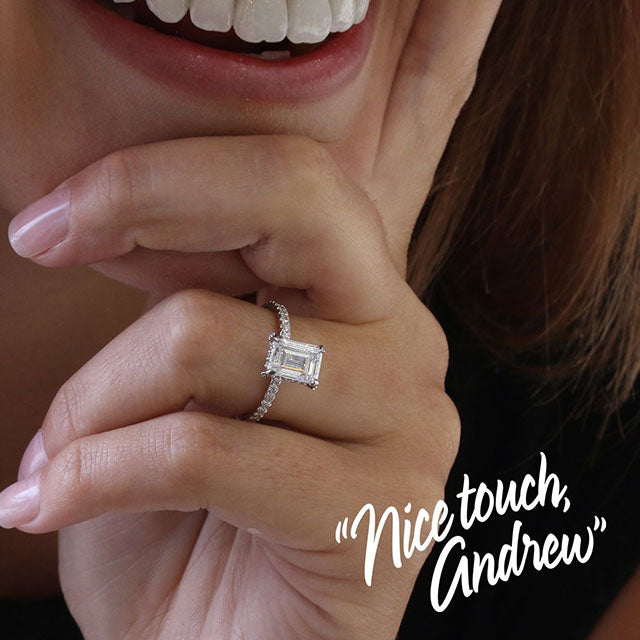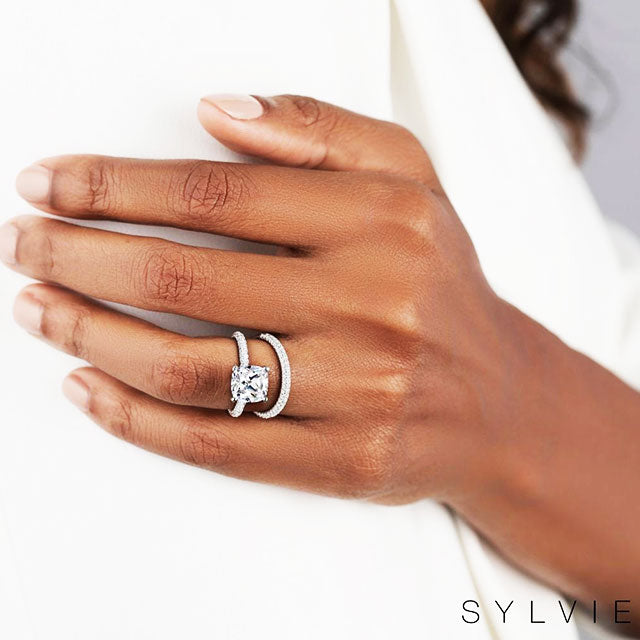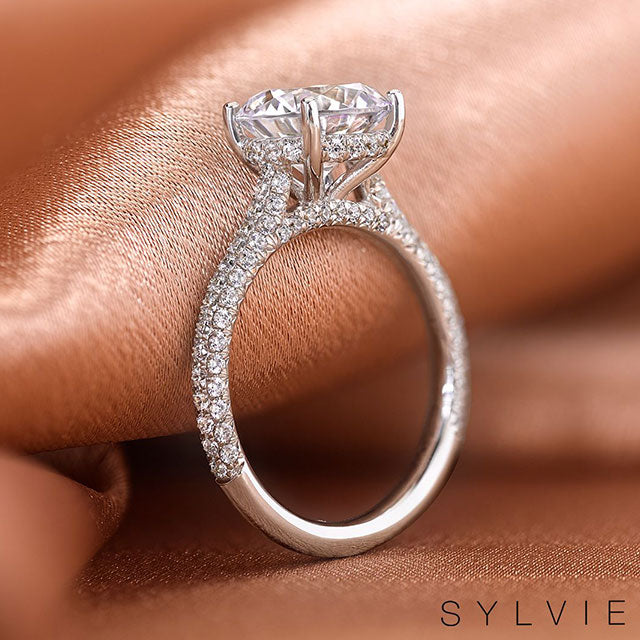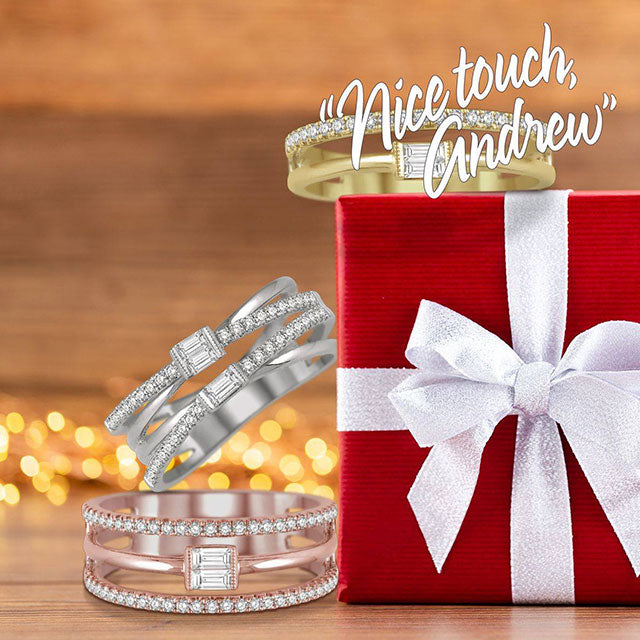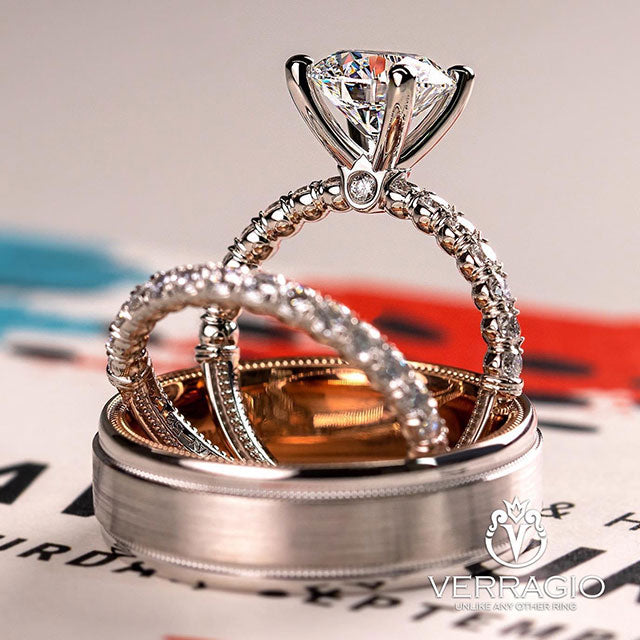
Jewelry Designer at Andrews Jewelers
The tarnished look can be removed by replenishing the rhodium plating

Jewelry Designer at Andrews Jewelers
White Gold Characteristics
Pure gold jewelry is made in 24K gold and is much too impractical for everyday wear because of its softness. In order to harden the metal and increase its durability white gold jewelry is mixed with the metal alloy nickel. Most gold jewelry in the United States is mixed with alloys that bring the karat grade down to 10K, 14K, or 18K gold. The FTC (Federal Trade Commission) requires all jewelry sold to be stamped with the gold content used by the jewelry maker.
10K White Gold
The major benefit to buying 10k gold is the price savings, because there is less pure gold in the jewelry, the price comes down. 10K gold is very hard and resists dings and dents; however because of the lack of pure gold it is very light in color. 10K gold tarnishes over time because of the high alloy content and often needs polishing to remove the tarnish from the metal surface. 10K jewelry is considered to be lower quality jewelry. 10K gold is known to cause skin irritation because of its high alloy content.
14K Yellow Gold
14K white gold is very affordable and is a practical choice when choosing white gold for jewelry. Unlike 10K, 14K has a more yellow color when the plating wears off because of the higher yellow gold content. It does ding and dent a little more often than 10K but polishes more easily because of its softer surface. 14K white gold is sold more often than any other white gold.
18K Yellow Gold
18K white gold is considered to be the highest quality gold that is sold in the United States and Europe. 18K white gold has a very high yellow gold content and when the rhodium plating wears off 18k white gold jewelry can look very yellow. The softness of the metal makes it very easy to work with and it can be used to create very complex jewelry designs however, the softness also causes the ring to wear faster than 14K.
Summary
- White gold is much less expensive than platinum
- White gold needs occasional re-plating to make it white again
- White gold does not dent or ding as easily as platinum
- White gold rings last less than 20 years then need much restoration
- Choosing a selection results in a full page refresh.


